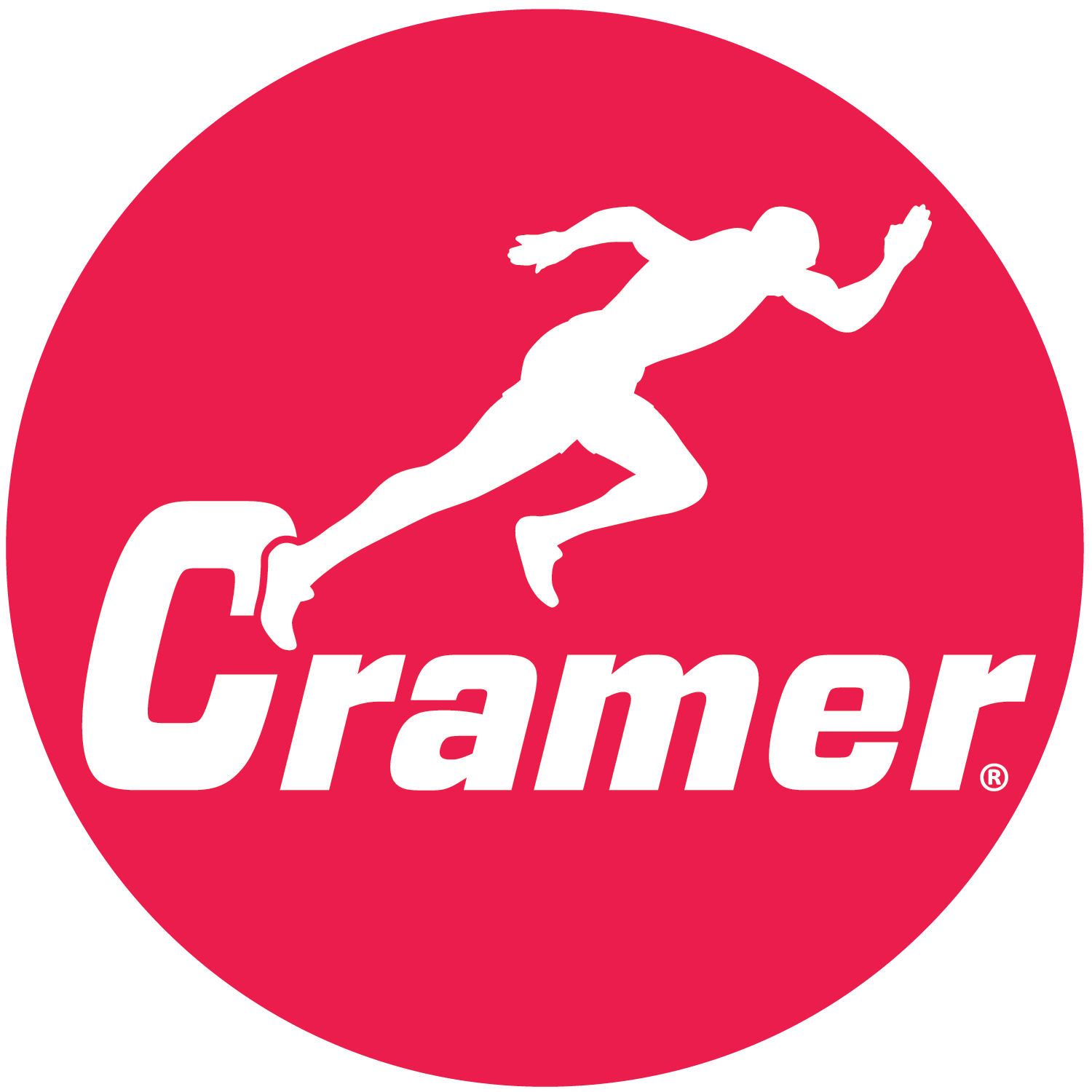When to Use Hot and Cold Therapies
By Claire Drew
Many doctors recommend using hot and cold treatments for relieving the symptoms of arthritis and other conditions, such as stiffness and inflammation. It usually takes some trial and error to settle on which of these therapies works best for a particular individual, but by staying the course it is usually possible to find which combination of ice packs and hot packs works best at relieving the pain and making the condition easier to manage.
How hot and cold therapies work
These and other natural therapies work by helping the body to harness its own natural healing force to address the problem. As Licensedprescriptions points out, they have been around since the days of Ancient Egypt and have helped people recover from a great range of conditions. In the case of hot therapies, for example, heat will dilate the vessels of the blood system, thereby stimulating circulation and reducing spasms in the surrounding muscles. Heat also lowers pain sensitivity. Dry heat in the form of heat lamps and heating pads, or the moist heat of heated cloths and warm baths may be used as appropriate. Hot therapies are used mainly to increase motion ability and to soothe and relax sore muscles, and not used in situations where an injury already feels warm to the touch. In the case of cold therapies, cold compresses are often used to reduce the flow of blood through arteries and veins, thereby helping to reduce any swelling. Cold packs can be quite uncomfortable when they are first applied but can often be effective at dealing with pains that have deeper origins. Cold therapies are used mainly to reduce inflammation immediately following an injury. They are not usually used to deal with stiff joints and muscles. The application of hot and cold therapies is therefore very much dependent on the individual and the nature of the specific injury.
Cold therapy applications
Cold therapies are used on conditions like sprained ankles, bruises, inflammation and torn muscles. This is because when an injury happens the soft tissues surrounding it usually swell, bruise and become inflamed. The cold therapy will reduce swelling by restricting blood vessels and limiting blood flow to the point of injury. The nerve endings will also become numbed and insensitive so that their pain signals to the brain are effectively blocked out. Cold packs are often used on athletes who have sustained overuse injuries. Frozen packs of peas or sweet corn are often recommended because these conform most accurately to a natural body part, but dedicated packs are also available and these are less likely to leak.
Hot therapy applications
Hot therapy is used mainly to treat muscles that have become sore and stiff, as the heat will work on them to loosen and relax the muscle tissues. Hot therapy, unlike cold therapy, can be beneficial before exercise to loosen up the muscles and increase elasticity in the joints. Flexible frozen packs willmould themselves to the form of the joint and can be heated up to provide therapeutic relief for conditions such as arthritis, menstrual cramps, muscle spasms and other afflictions. Hot therapies should not be used straight after physical exertions when the muscles and joints will already be warm enough.
Mixed hot and cold therapies
Doctors often recommend a cold therapy for the first few days following an acute injury and then the application of a hot therapy to alternate with it. This has been found to enhance pain relief and also to promote muscle tear recovery, as well as relieving chronic pain in the joints and assist with overuse injuries. The alternation of both hot and cold therapies sets up a cycle of expansion and contraction that works in much the same way as a pump. The blood vessels expand during the course of hot therapy treatment and this promotes circulation and the flow of nutrients and oxygen to the site of the damage. Similarly, as the vessels are made to constrict during the cold therapy treatment, the circulation is reduced and the injured tissues are thereby enabled to absorb blood nutrients before the blood is pumped on. Hot and cold therapies working in conjunction accelerate recovery times. People using such mixed treatments typically use two pairs of cold packs, one stored in the freezer for cold application and the other on hand at room temperature ready to be popped into a microwave for hot application.
